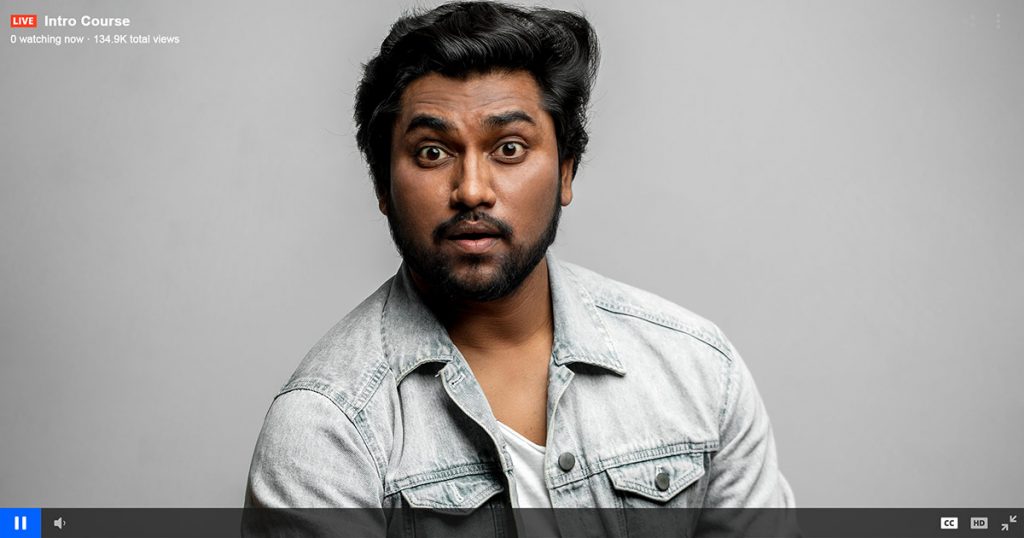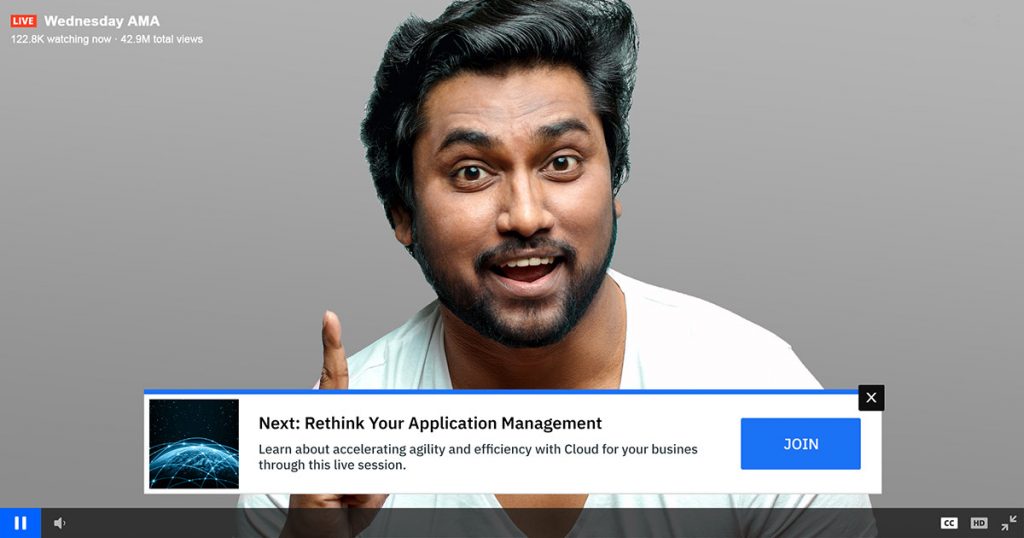
Back in the 1950’s and 60’s, much (if not most) early broadcast radio and television programming was produced and broadcasted live.
The skills of producing a live broadcast were refined and improved through the years. Early radio broadcasters like Alan Freed and Dick Clark, TV soap operas like As The World Turns and The Edge Of Night, most US News coverage, sporting events like the Superbowl and of course shows such as Saturday Night Live all have also used live television as a device to gain viewers by making their programs more (or atleast appear) exciting.
But the skills these producers used, whether for the 1969 Landing on the Moon, the 1996 Dallas Cowboys Superbowl victory or the live episode of ER in 1997, are no different than for a live streaming show or event.
So what in the world am I getting at? There are basic production skills that live streaming platform users can follow to make their live shows and events more appealing and ultimately more successful.
Dead air is a live stream killer
A live broadcast needs to keep flowing, stay interesting, and keep moving. Failure to do so will cause people to stop watching. We are all busier than ever in our lives and don’t have time for dead air. If a segment lags or there is a substantial pause in the content, this simply invites viewers to leave.
Removing dead air can be hard, although accomplished through rehearsing and planning. Rehearsing is important for keeping the flow, with a clear direction on what happens next. Planning is key for addressing dynamic moments in the content. For example, taking audience questions at the end? Have a backup plan on what to do if questions are slow to come, like filling the gap with a story that’s relevant. You may never get to tell that story because questions are coming fast and furious, but it’s better to be prepared and avoid what could have been substantial dead air.
Start the broadcast before the show starts
Some call it pre-show, others loop music, but letting people know a show will start soon increases the number of people who wait around for it to start. If you are streaming a conference, turn the camera on and stream the audience, even if it hasn’t started yet. If you do a talk show or webinar, loop some music and put text on the feed that says “Starting at 9pm”. If you are streaming your local high school football game, stream the athletes warming up.
In my experience, allowing people to start “gathering” to watch the live event dramatically increases your viewership. This gives audience a piece of mind that they are in the right place and the right time.
Take advantage of the chat, video overlays and polling

We have found that people tend to stick around for a live show about 5 times longer if you have the chat. The reason is simple: engagement. Engagement is both attention AND interaction. Giving people the ability to interact with others during your broadcast will keep them there longer.
Live audience polling for video is another method to achieve this, asking questions to the audience to engage them. Even better if these questions are somehow reflected in the presentation, making the content feel interactive and like the viewer is an active participate.
Finally, feel free to pop up clickable video overlays, as seen above. These can foster some engagement, usually to a desired location or CTA (call to action), but can also be used creatively. For example, they can link off to a subsequent live session or even an archive that is mentioned as part of the video, which might prompt viewers to pay attention so they don’t miss these when they come up.
When possible, set a reoccurring schedule
Obviously this is not possible if you are streaming a one time event, but for episodic content, begin at the same time each week or month. The predictability of a show helps people plan and makes it easier for them to remember you are on.
This isn’t the full list of techniques, however, they are a few basic things broadcasters can do to increase their viewership. For those looking for more tips, consult our enterprise video webinars.